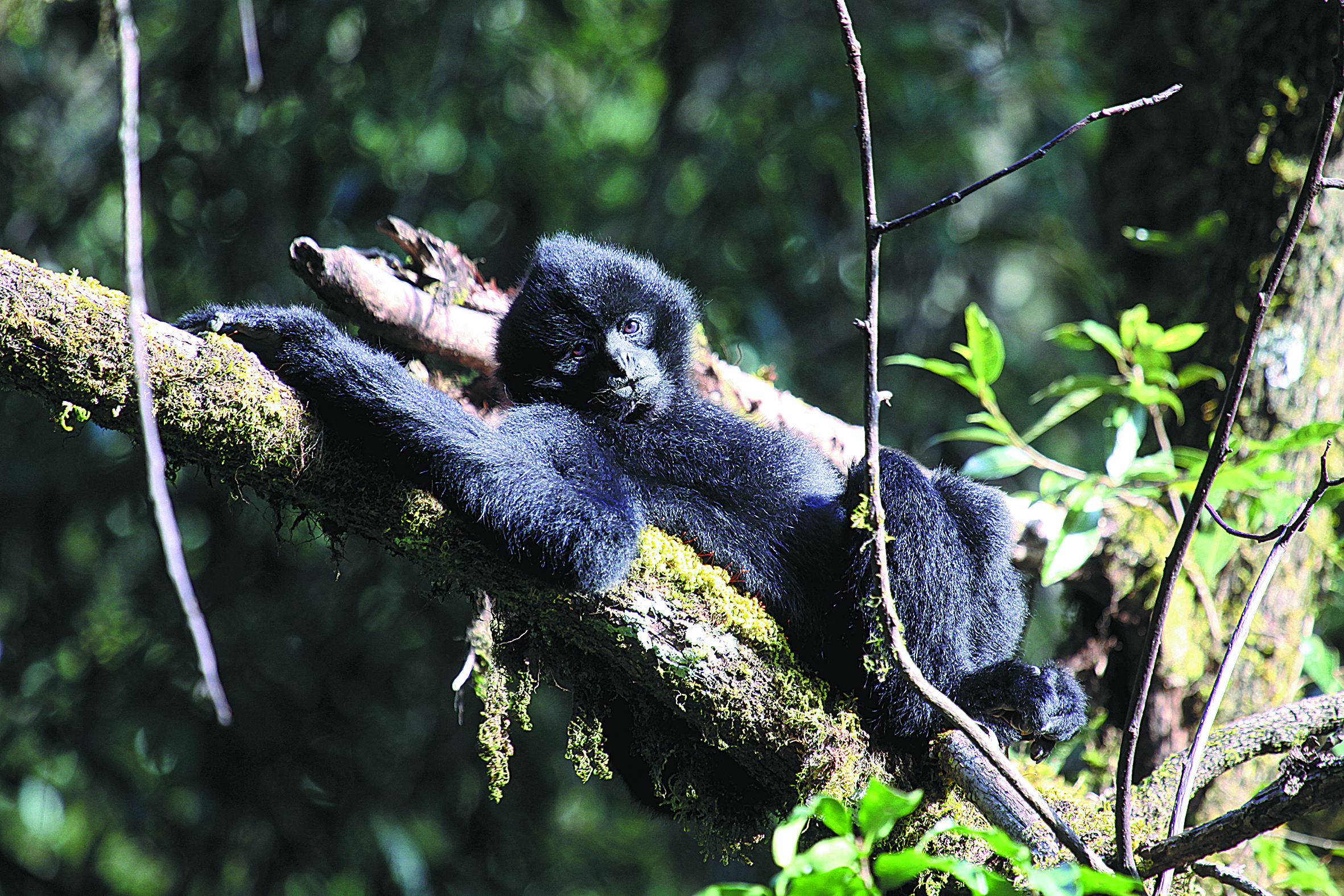Unique study aids efforts to protect gibbons
The forests of Southwest China are home to a large population of the vulnerable apes. Yang Wanli and Li Yingqing report from Xinping county, Yunnan.


It is the first time the western black crested gibbon has been studied in this way anywhere in the world.
In 2010, Li was assigned to work at Chamagudao station, which is overseen by the Xinping office, spending more than two years following the region's gibbons every day and becoming their "friend".
In 2009, he inherited the job from his father, who worked at Zhelong station on a summit in the Ailao range.
At the age of 29 in 2010, Li was selected as one of three young rangers responsible for patrol work at the Chamagudao station.
"We were the youngest in the reserve and could race the gibbons physically," Li said with a laugh. He recalled that during the first two years, he woke at 4:30 am every day to have breakfast-the only prepared meal he ate every day.
Now, he starts his day at 6 am by identifying the location of a group of gibbons and preparing to record their daily activities. He begins with their morning calls, which are important indicators that help locate the gibbons and assess the numbers of one or more groups.
























